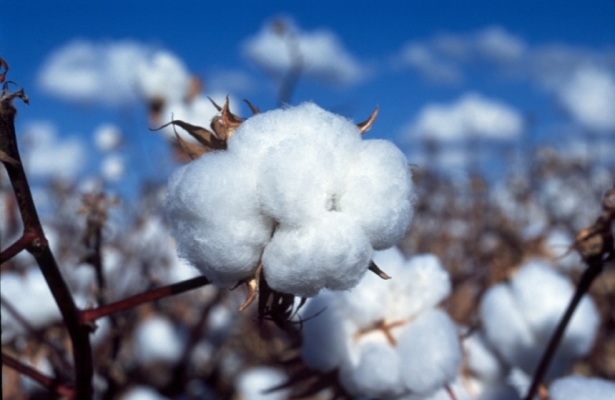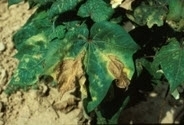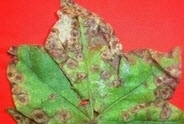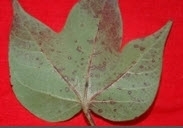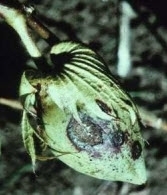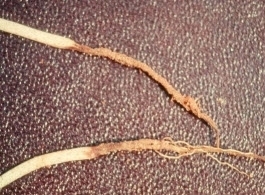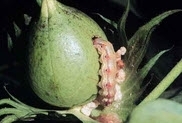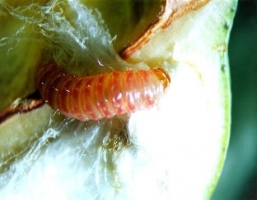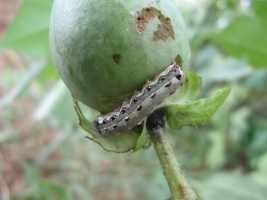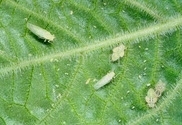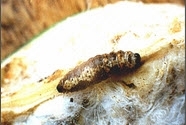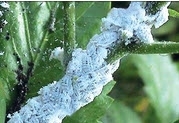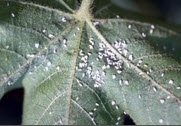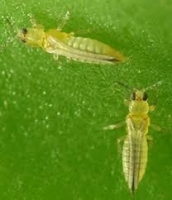General Information
Cotton is one of the most important fiber and cash crop not only for India but of the entire world. It plays a dominant role in the industrial and agricultural economy of the country. It provides the basic raw material to cotton textile industry. In India it provides direct livelihood to 6 million farmers and about 40-50 million people are employed in cotton trade and its processing. In addition, cotton is a water thirsty crop and around 6% of the water for irrigation in India is used for cotton cultivation. In India, cotton is grown on a large scale in Maharashtra, Gujarat, Karnataka, Madhya Pradesh, Punjab, Rajasthan, Haryana, Tamil Nadu and Uttar Pradesh.
In Uttar Pradesh, it is cultivated in western part of state. Productivity of cotton is low in UP as compared to other states. By adopting modern techniques and use of high yielding variety, productivity of cotton can be increased up to 15 quintal/ha.

